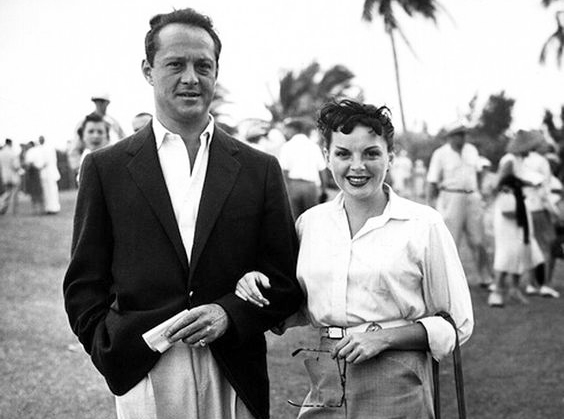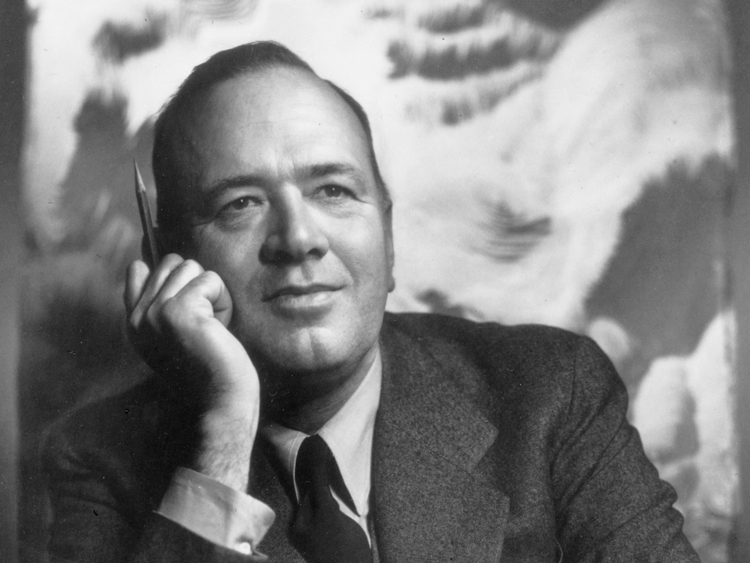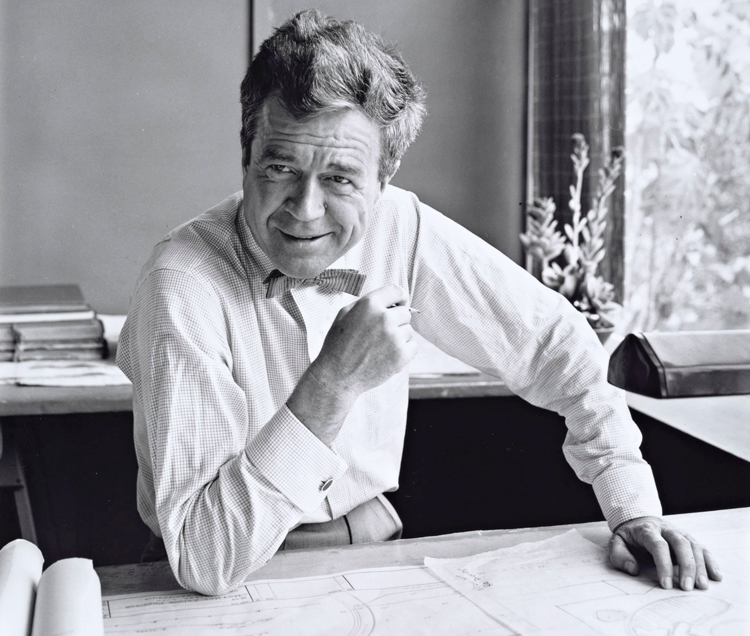‘Hollywood and Vine’ Exhibit - Page 2
 |
|
|
 |
|
Design Archives - University of California, Berkeley (the collection of William W. Wurster/Wurster, Bernardi & Emmons) |
 |
|
Paul Getty Trust. Getty Research Institute, Los Angeles (2004.R.10) |
|
|
|
|
Enter, Northern California wine country.
The exhibit is split between two cases in the archives library at 210 Wurster Hall on the UC campus: one with items from about a dozen home projects of movie industry professionals, the other with objects depicting Northern California wineries.
All were built or planned between the 1940s and the '80s, and the objects displayed are primarily photographs, drawings, and letters. Both the wineries and star homes include several displays that focus on landscape architecture and the effect of design on the exterior environment.
"Many of the projects are 'Garrett gardens,'" Lowell said referring to renowned landscape architect Garrett Eckbo. That collection includes homes for mogul Louis B. Mayer and Judy Garland's husband Sid Luft, as well as a quartet of more modern-styled homes.
In addition to Cooper's home, there are three other modernist-style houses in the exhibition, all with landscaping by Eckbo: one by architect Samuel Marx for the San Francisco-born producer of The Wizard of Oz, Mervyn LeRoy; a home designed for Saul Bass, creator of the most celebrated movie title graphics of the '50s, by the modernist firm of Buff, Straub and Hensman; and a home for screenwriter/executive Don Hartman, writer of several Bob Hope-Bing Crosby 'Road' films.
Of the wineries, probably the most modern architecture is the glass-and-steel office and tasting room for Paul Masson Mountain Winery in the Santa Cruz Mountains near Saratoga.
Lowell's favorite project in the exhibition remains the unbuilt modern ranchhouse for Billy Wilder designed by Wurster, longtime dean of the CED.
"What's really fun is the correspondence, the back and forth," she said of letters between the architect and Wilder's wife Judith. "Just how personal it is—why they picked Wurster and how they felt about his other houses."
Of course, residents of the thousands of Eichlers designed by A. Quincy Jones may be more interested in Gary Cooper's luscious, 6,000-square-foot home in posh Holmby Hills, all glass and stone and angles.
"It was so advanced in outline," the star once said of the early-1950s construction, "that we sometimes wonder if we're in the year 2000."
Cooper lived in the house until his death in 1961, and it was restored to its original luster recently by new owners. The objects displayed at the exhibition, however, take you back to its mid-century design and construction.
"My parents, they loved to break new, unusual ground," Cooper's daughter, Maria Cooper Janis, told Eichler Network's Dave Weinstein about the house a few years ago. "They both knew very much the kind of lifestyle they enjoyed living, and they wanted a house to reflect that."
To check out the dream houses of Cooper, Wilder, and other Hollywood luminaries (such as Alfred Hitchcock and Clint Eastwood), as well as exhibits on some breathtaking wineries, take a stroll over to 'Hollywood and Vine.' Turns out it's in Berkeley—who knew?




